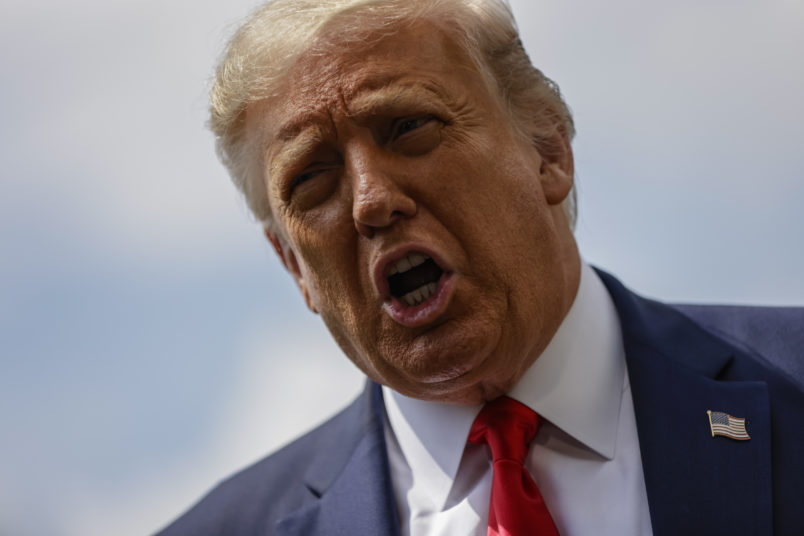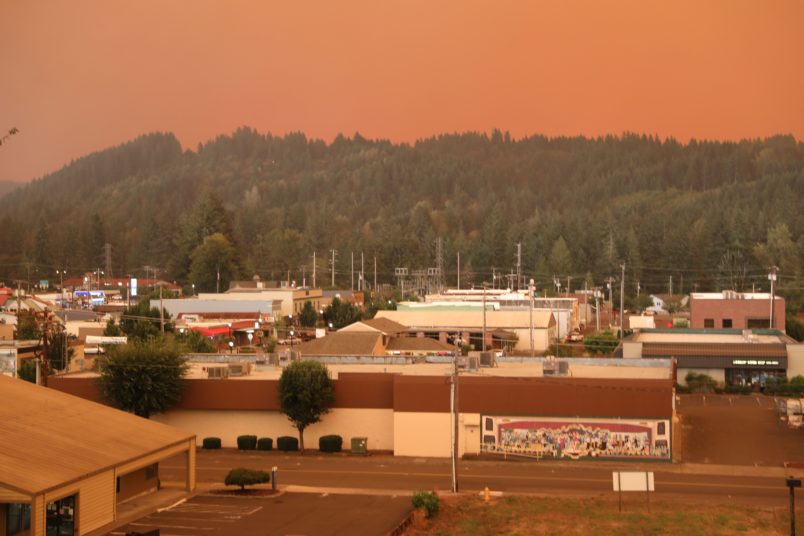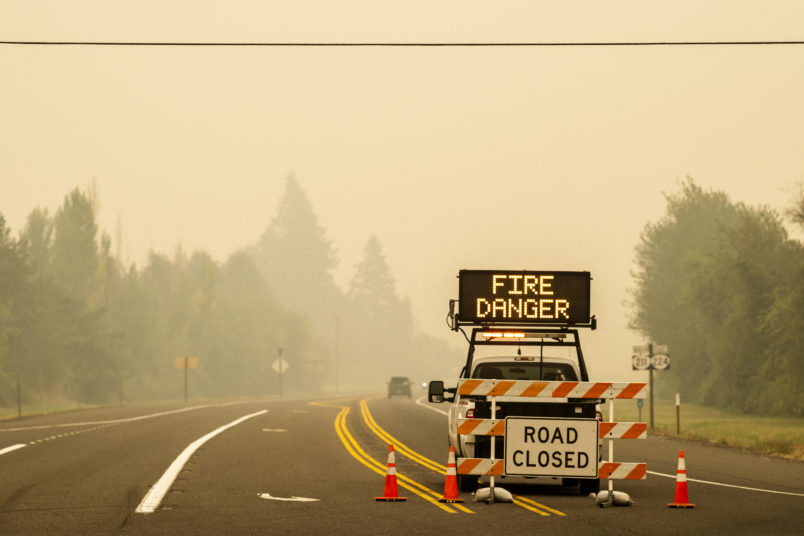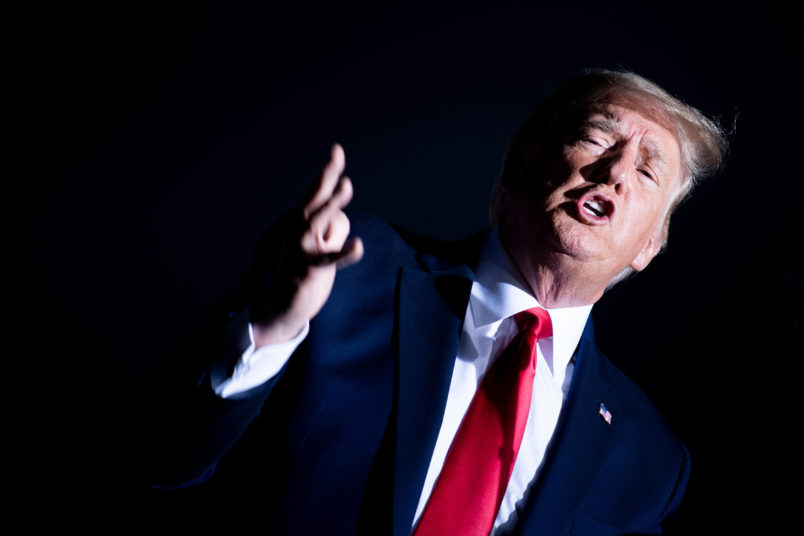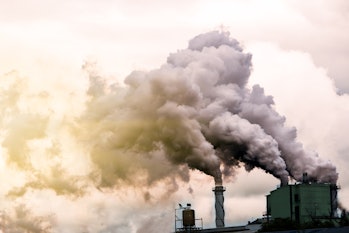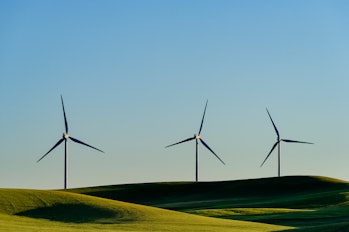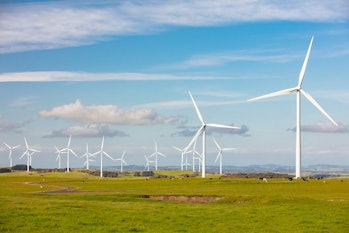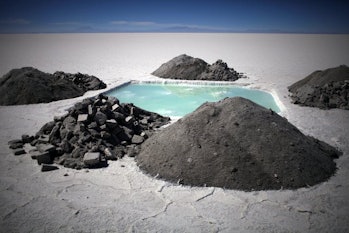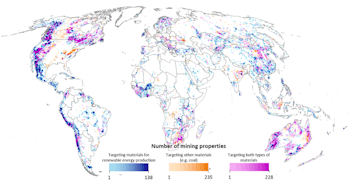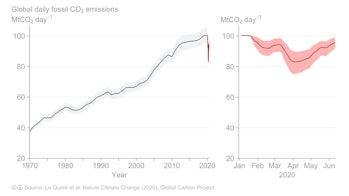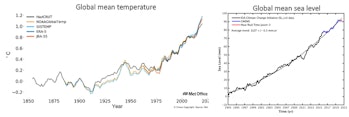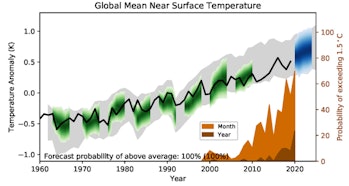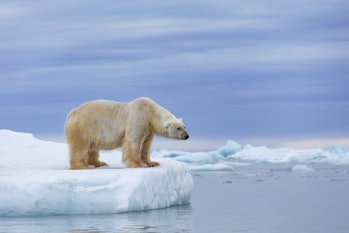12 Sep, 2020
/cloudfront-ap-southeast-2.images.arcpublishing.com/nzme/3TO5JLDN6RDT7ON27IVLTL4NKU.png)
news.com.au
WARNING: GRAPHIC CONTENT
The usually bustling express subway was completely empty on the morning of September 11, 2001. Except for one man.
It was unusual for a carriage speeding from Times Square downtown into New York City's financial trading district during morning peak hour to have just one solo rider, and Richard Drew had no idea he was about to capture one of the most compelling and controversial photographs in history.
Drew, an AP photographer, had been shooting a maternity fashion show for New York Fashion Week in Bryant Park, in the city's midtown area, when he received a tip from a CNN cameraman that a plane had just crashed into the north tower of the Twin Towers. Sixteen minutes later, another would strike the south tower.
He took a gamble and headed for the subway.
What he saw when he emerged, one block from the World Trade Centre, was utter mayhem. Both buildings were on fire. Smoke filled the air. He had no idea a second plane had hit until he was standing between a police officer and an Emergency Medical Technician (EMT).
"The officer said the second plane was a big effin' plane," Drew recalled.
He could see both towers by this stage.
/cloudfront-ap-southeast-2.images.arcpublishing.com/nzme/MEPZEHZHR5AM3GD7QZB6AQD3MQ.jpg)
"There goes another," said the EMT nearby, and as Drew looked up, flickering objects appeared above. At first onlookers thought it was debris; American Airlines Flight 11 had crashed into the building only a few minutes before. It was 8.46am.
"It took three or four to realise: They were people," James Logozzo told USA Today at the time. Logozzo was with co-workers on the 72nd floor of the south tower when the plane hit.
"Then this one woman fell."
Logozzo remembered her face, her dark hair, olive skin – and the way she fell.
ADVERTISEMENT
Advertise with NZME.
Many survivors of that day still say the bodies falling from the sky were one of their most haunting memories. The north tower held for 102 minutes after the plane hit. People jumped constantly, consistently, through that entire time. Most jumped from the north tower; a handful from the south.
They were either "forced out by the smoke and flames or blown out", Ellen Borakove, the New York City medical examiner's office spokeswoman, told USA Today.
/cloudfront-ap-southeast-2.images.arcpublishing.com/nzme/NISP45HFKVBOLLZXD3PMDYMEPM.jpg)
It took just 10 seconds to fall. They weren't unconscious as they fell, but death was instant. Some jumped alone. Some jumped in groups. Some jumped in pairs.
Drew, watching the horror unfold, began to take pictures. By this stage both towers had been hit and were billowing smoke.
Then he heard the boom of the south tower as it began to crumble. It toppled around him, "exploding like a mushroom".
Some of those in the south tower included Joseph Visciano, whose family told news.com.au he was on the 89th floor when the tragedy struck.
"Joe was 22, and a graduate of Boston college. He had only been working for six weeks. He was training to be a trader. He was so happy he got the job."
Images and footage of the horror unfolding in New York were seen around the world. But one photo captured the tragedy like no other: The Falling Man.
Drew told The Telegraph that while his subject's story is still shrouded in mystery, he "likes to think of him as the unknown soldier, let him represent everyone (for whom) that was their fate that day".
"I hope people can look at it now and accept that it's a part of what happened that day. We saw pictures of the rescuers, we saw pictures of the planes hitting the building, we saw the recovery effort and now we can also try to accept that as part of what really happened that day."
THE TRUE STORY OF THE FALLING MAN
As newspapers published shocking images from the most photographed and videotaped day in history, some were deemed too awful, too confronting for the public to face.
In particular, the pictures of the estimated 200 people who fell to their death from the Twin Towers.
One photo, though, was the most controversial of all: the Falling Man.
"On a day of mass tragedy, Falling Man is one of the only widely seen pictures that shows someone dying," said Time magazine.
After The New York Times ran the photo on page seven the next day, it was branded "disturbing", "exploitative" and "voyeuristic".
It was struck from the record, until two years later it appeared in an Esquire article in 2003.
/cloudfront-ap-southeast-2.images.arcpublishing.com/nzme/CDQVN7KRPNAOJAXMAIE4QCTQTE.jpg)
In the days following the terrorist attack, which killed almost 3000 people, images of heroism and triumph in the midst of tragedy were emblazoned across newspaper front pages.
But as time passed, there were calls for Drew's image to be investigated; who was the Falling Man and what was his story?
Captured at 9.41am the man, falling from the north tower of the World Trade Centre, is believed to have been trapped on one of the upper levels.
Although attempts have been made to formally identify him, none have proved successful.
Toronto Globe and Mail reporter Peter Cheney, initially tasked to solve the mystery, found him to be of Latino origin, with a goatee, black pants and a white tunic; similar to that of a restaurant worker.
It's possible the man worked at Windows on the World, a restaurant at the top of the North tower, which lost 79 of its employees.
It's also possible he worked at catering service Forte Food, which lost 21 employees, who were mostly Indian, Arab and Latino. Many had short hair and goatees.
One of the men most often linked to Falling Man is Norberto Hernandez, who worked at Windows as a pastry chef.
Cheney took the picture to his brother Tino and sister Milagros who both identified the Falling Man as Norberto.
He then tried to show the image to Norberto's wife Eulogia who refused to speak with him or confirm it was her husband. With nowhere else to go, Cheney took the photograph to Norberto's funeral and showed it to the eldest of his three daughters, Jacqueline.
She looked at the photo, then angrily responded: "That piece of sh*t is not my father," reported Esquire.
The picture has since divided the Hernandez family.
"They said my father was going to hell because he jumped," Catherine, one of Norberto's daughters, said.
"On the internet. They said my father was taken to hell with the devil. I don't know what I would have done if it was him."
One detail in the Falling Man's clothing could be the key to discovering his identity – a bright orange undershirt he was wearing under his tunic, seen in a number of the 12 images captured by Drew.
"I dressed him," Eulogia said.
"Every morning. That morning, I remember. He wore Old Navy underwear. Green. He wore black socks. He wore blue pants – jeans. He wore a Casio watch. He wore an Old Navy shirt. Blue. With checks.
"My husband did not have an orange shirt."
Someone who did regularly wear an orange undershirt though, was Jonathan Briley.
Briley was a 43-year-old sound engineer who also worked at Windows and was a light-skinned black man, with a moustache, goatee and short hair. His co-workers believe the Falling Man is him.
His brother, Timothy, who was tasked to identify his brother, knew him by his shoes – black high-tops, similar to those pictured.
According to Jonathan's sister, Gwendolyn, he had asthma and the billowing smoke would have made it hard for him to breathe.
He wore an orange undershirt so often that Timothy used to tease him about it.
"When are you going to get rid of that orange shirt, Slim?"
But it's unlikely we will ever know with any certainty who the Falling Man was.
Now, 19 years later, while still confronting, we can look at the image and acknowledge the bravery of those souls who had no other choice, who experienced the full horror of September 11, and who need to be remembered, not struck from the record.
/cloudfront-ap-southeast-2.images.arcpublishing.com/nzme/64ANF7XXZJF4JLROS27PP2W6P4.jpg)
